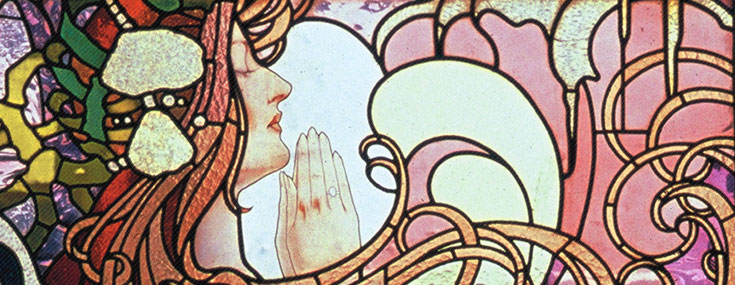He began his training at La Llotja, the School of Fine Arts, in Barcelona, the city to which his family had moved when he was still a child, and was a student of the sculptor E. Arnau.
Shortly afterwards he went to Madrid for a time, where he worked in the workshop of the sculptor A. Querol, and in 1903 he went to Paris on a grant. There he got to know the work of Auguste Rodin, which made a big impression on him. Works as different from each other as La parella (The Couple, 1904; in the MNAC collection) and La bèstia i l'home (The Beast and the Man 1904; MNAC collection) are from this period, during which he worked designing small sculptural objects for Esteva i Cia.
Upon his return to Barcelona, the first work he did were Modernista-style sculptures used in architecture, such as the reliefs for the Hospital de la Santa Creu i Sant Pau (1902-1930; Sant Antoni Maria Claret, 167) and the sculpture on the arch of the proscenium of the Palau de la Música Catalana (1905-1908; Palau de la Música, 4-6), both buildings designed by the architect L. Domènech i Montaner.
He mixed with the artistic set of the time, taking part in the discussions at Els Quatre Gats (Montsió, 3 bis) and at the office of the magazine Papitu. When, shortly afterwards, he went to live in Paris for four years, he mixed with Picasso and was part of his circle.
He also did some gold work, making pieces showing his training as a sculptor, due to their volume and the treatment of the materials. In the second decade of the 20th century he started to experiment with iron sculpture, which enabled him to play with volumes, and he became one of the leading avant-garde sculptors.
In 1920 he became professor of sculpture at the Barcelona School of Arts and Crafts, but soon moved to Paris, where he lived until 1934. It was during this time that he began to achieve his greatest professional recognition both in Spain and internationally.


 Sculptor
Sculptor


